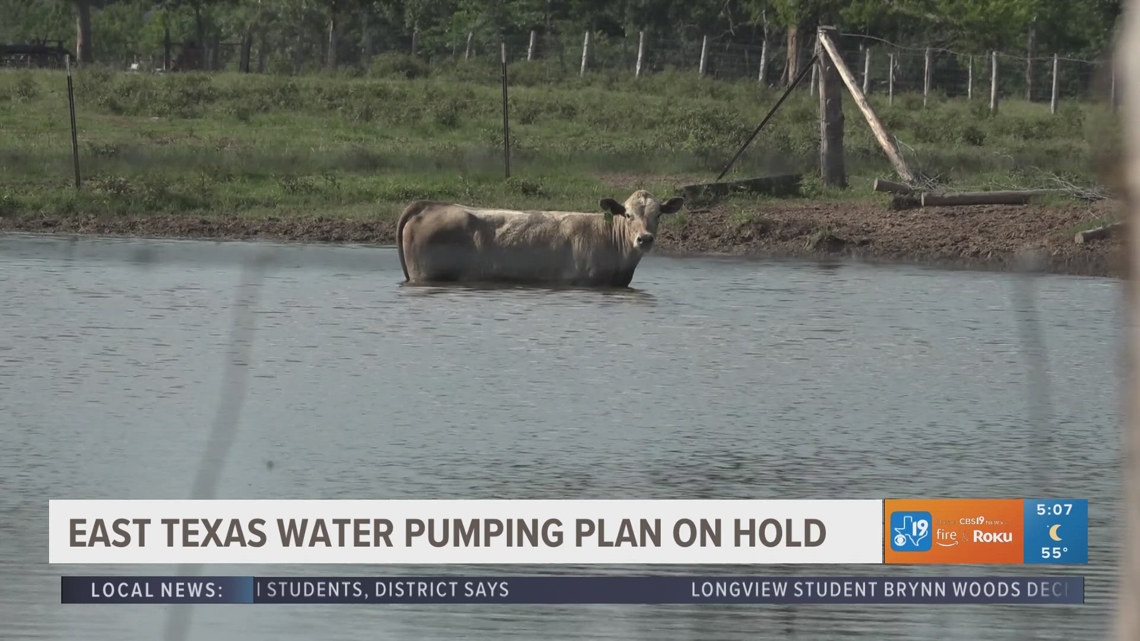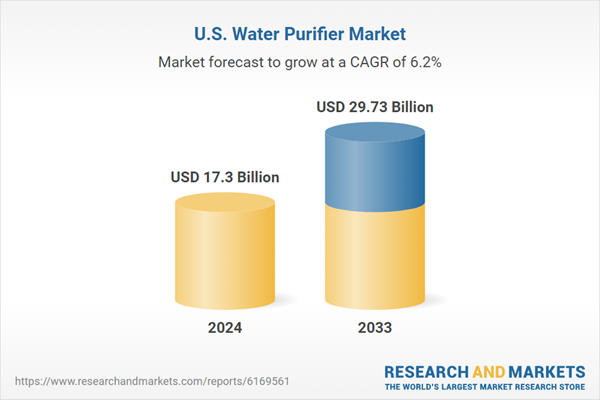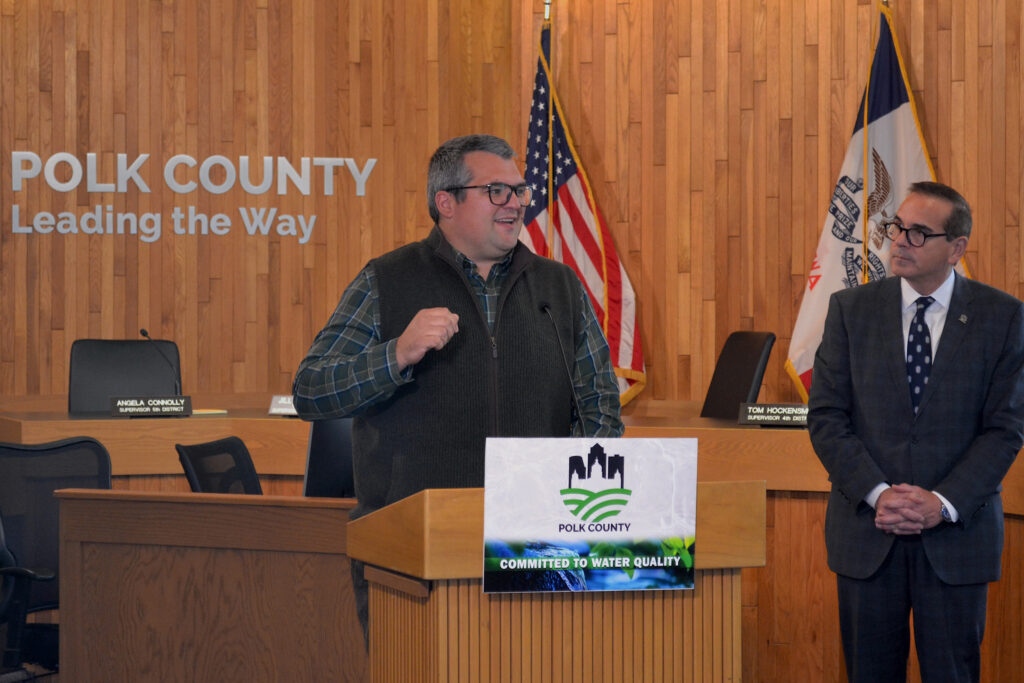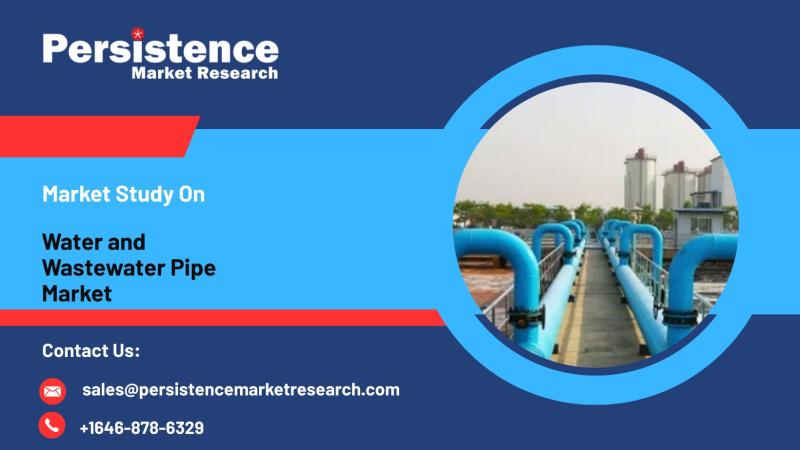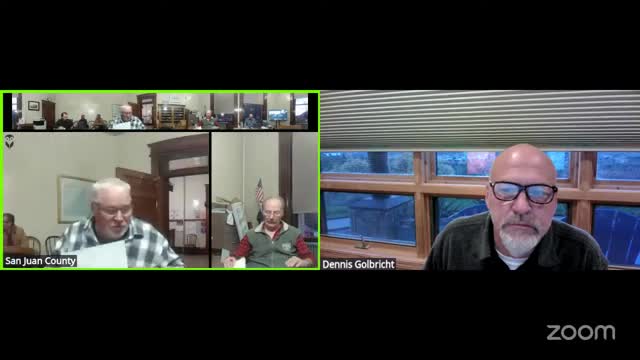Report on the Carrizo-Wilcox Aquifer Water Extraction Proposal and Sustainable Resource Management
1.0 Introduction and Context
A proposal by Conservation Equity Management to extract billions of gallons of water from the Carrizo-Wilcox Aquifer in East Texas has been halted pending a legal settlement. This development directly addresses critical issues outlined in the United Nations Sustainable Development Goals (SDGs), particularly those concerning water management, economic stability, and responsible consumption.
The core of the issue relates to the sustainable management of water resources, a primary objective of SDG 6: Clean Water and Sanitation. The plan to transfer large quantities of water to the Dallas metropolitan area also highlights the challenges of SDG 11: Sustainable Cities and Communities, which seeks to ensure access to basic services and sustainable resource use for urban populations.
2.0 Stakeholder Conflict and Socio-Economic Impact
The project faced significant opposition, culminating in a lawsuit filed by Wayne-Sanderson Farms. The legal challenge underscores the potential conflict between large-scale resource extraction and local economic health, a key consideration under SDG 8: Decent Work and Economic Growth.
- Economic Concerns: The lawsuit argued that the project could harm local businesses and compromise regional economic stability by depleting a critical natural resource.
- Resource Strain: The primary concern was the potential for irreversible strain on the aquifer, jeopardizing long-term water security for the local community and industries.
- Legislative Opposition: The proposal also drew opposition from state lawmakers, indicating widespread concern over its environmental and economic sustainability.
3.0 Proposed Resolution and Alignment with SDG 12
The Neches & Trinity Valleys Groundwater Conservation District is negotiating a settlement that prioritizes scientific evidence and responsible resource management, in line with SDG 12: Responsible Consumption and Production. This goal emphasizes the sustainable management and efficient use of natural resources.
The key terms of the proposed agreement include:
- A mandate for Conservation Equity Management to reapply for any future permits.
- A moratorium on new permit approvals until a comprehensive scientific study of the aquifer is completed.
This approach ensures that future decisions are based on robust data, preventing potential over-extraction and promoting the long-term health of the aquifer.
4.0 Conclusion: Advancing Integrated Water Resource Management
The pending settlement represents a critical step towards implementing integrated water resources management, a specific target under SDG 6 (Target 6.5). By prioritizing scientific assessment before allowing large-scale water extraction, the Groundwater Conservation District is reinforcing its commitment to sustainable, evidence-based governance.
The final approval of the agreement by the court and the district’s board will be a significant development for the sustainable management of water resources in East Texas, ensuring that the needs of both present and future generations are considered.
Analysis of the Article in Relation to Sustainable Development Goals
1. Which SDGs are addressed or connected to the issues highlighted in the article?
-
SDG 6: Clean Water and Sanitation
This is the most central SDG to the article. The entire conflict revolves around the management and proposed extraction of “billions of gallons” of freshwater from the “Carrizo-Wilcox Aquifer.” The actions of the Neches & Trinity Valleys Groundwater Conservation District and the concerns about straining the aquifer directly relate to ensuring the availability and sustainable management of water.
-
SDG 12: Responsible Consumption and Production
This goal is addressed through its focus on the sustainable management and efficient use of natural resources. The aquifer is a critical natural resource, and the debate over the permits, the need for a “full scientific study,” and the legal challenge all point to an effort to ensure its use is sustainable and responsible, preventing over-extraction.
-
SDG 8: Decent Work and Economic Growth
The article connects water management to local economic health. The lawsuit filed by Wayne-Sanderson Farms explicitly “argued the massive project could hurt local business.” This highlights the link between sustainable resource management and the protection of local economies and livelihoods, which is a component of sustainable economic growth.
-
SDG 15: Life on Land
This goal is relevant as it calls for the conservation and sustainable use of inland freshwater ecosystems. An aquifer is a vital underground freshwater ecosystem that supports surface ecosystems and biodiversity. The effort to prevent the aquifer from being strained is an action to protect this ecosystem from degradation.
2. What specific targets under those SDGs can be identified based on the article’s content?
-
Target 6.4: By 2030, substantially increase water-use efficiency across all sectors and ensure sustainable withdrawals and supply of freshwater to address water scarcity.
The core issue is the sustainability of withdrawing “billions of gallons” of water. The concern that the project could “strain the aquifer” directly relates to ensuring withdrawals are sustainable and do not lead to water scarcity for existing users, such as local businesses.
-
Target 6.5: By 2030, implement integrated water resources management at all levels.
The article describes a process of integrated water resources management in action. It involves a government body (the Groundwater Conservation District), legal mechanisms (the lawsuit), private sector stakeholders (Wayne-Sanderson Farms and Conservation Equity Management), and a reliance on scientific evidence (the requirement for a “full scientific study”). This multi-stakeholder, evidence-based approach is the essence of this target.
-
Target 12.2: By 2030, achieve the sustainable management and efficient use of natural resources.
The conflict described in the article is a direct attempt to achieve the sustainable management of a key natural resource—water. The proposed settlement, which halts the project until a scientific study is completed, is a clear step towards ensuring that any future use of the aquifer is managed sustainably.
-
Target 8.2: Achieve higher levels of economic productivity through diversification, technological upgrading and innovation…
While the target is broad, the article’s mention of the project’s potential to “hurt local business” connects to the underlying principle of protecting economic productivity. The lawsuit by Wayne-Sanderson Farms is an effort to safeguard the local economic base from the potential negative impacts of unsustainable resource extraction, thereby protecting existing levels of economic productivity.
3. Are there any indicators mentioned or implied in the article that can be used to measure progress towards the identified targets?
-
Implied Indicator for Target 6.4 (related to Indicator 6.4.2: Level of water stress):
The article doesn’t state a numerical value for water stress, but it is heavily implied. The phrase “strain the aquifer” is a qualitative description of increasing water stress. The proposal to pump “billions of gallons” is a measure of the potential withdrawal volume, which would be a key variable in calculating the level of water stress. The mandated “full scientific study” is an action intended to formally measure and assess this indicator before decisions are made.
-
Implied Indicator for Target 12.2 (related to Indicator 12.2.2: Domestic material consumption):
The “billions of gallons” of water proposed for pumping is a direct, though not yet realized, measure of domestic material consumption of a specific natural resource. The entire negotiation and legal process is an effort to manage and potentially limit this consumption to a sustainable level, which would be reflected in this indicator.
-
Implied Indicator for Target 6.5 (related to Indicator 6.5.1: Degree of integrated water resources management implementation):
The article provides qualitative evidence of progress. The existence and actions of the “Neches & Trinity Valleys Groundwater Conservation District,” the use of a legal framework (“lawsuit”), and the requirement for a “full scientific study” before permit approval are all concrete examples that serve as indicators of an implemented water management process.
4. Table of SDGs, Targets, and Indicators
| SDGs | Targets | Indicators (Mentioned or Implied in the Article) |
|---|---|---|
| SDG 6: Clean Water and Sanitation | Target 6.4: Ensure sustainable withdrawals and supply of freshwater. | Implied Indicator 6.4.2 (Level of water stress): The concern about the project’s potential to “strain the aquifer” and the need for a “full scientific study” to assess the impact of pumping “billions of gallons.” |
| SDG 6: Clean Water and Sanitation | Target 6.5: Implement integrated water resources management. | Implied Indicator 6.5.1 (Degree of IWRM): The actions of the Groundwater Conservation District, the legal process, and the requirement for a scientific study demonstrate a multi-stakeholder management process. |
| SDG 12: Responsible Consumption and Production | Target 12.2: Achieve the sustainable management and efficient use of natural resources. | Implied Indicator 12.2.2 (Domestic material consumption): The “billions of gallons” of water is a direct measure of the planned consumption of a natural resource that is being legally and scientifically evaluated for sustainability. |
| SDG 8: Decent Work and Economic Growth | Target 8.2: Achieve higher levels of economic productivity. | Implied Indicator: The potential negative economic impact, as highlighted by the argument that the project could “hurt local business,” serves as a qualitative indicator for assessing economic sustainability. |
Source: cbs19.tv

